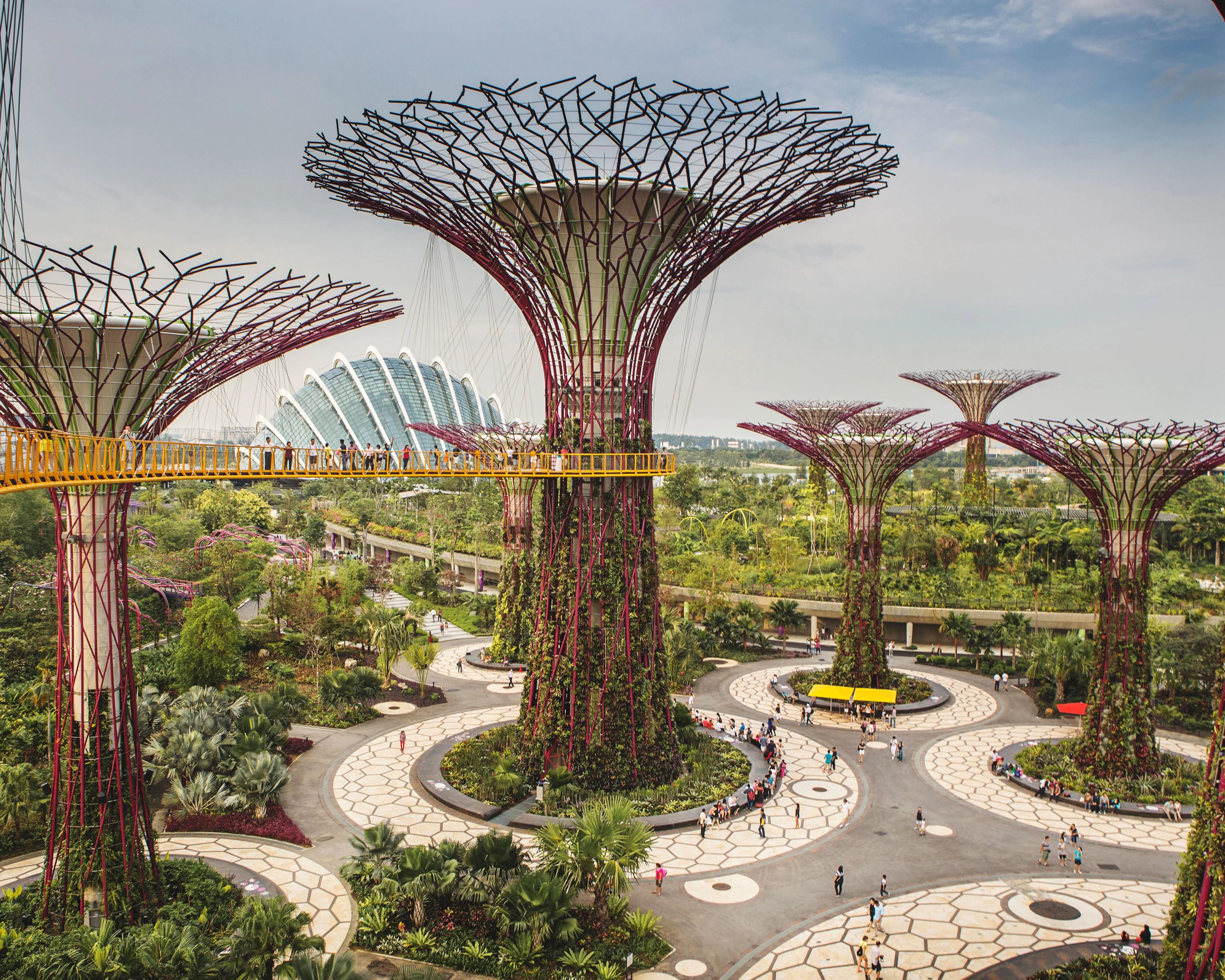PROGRAMS
Join thousands of people who organise
work and life with Novatr.
10 Sustainable Building Materials and Famous Designers Who Use Them
Neha Sharma
8 mins read
July 18
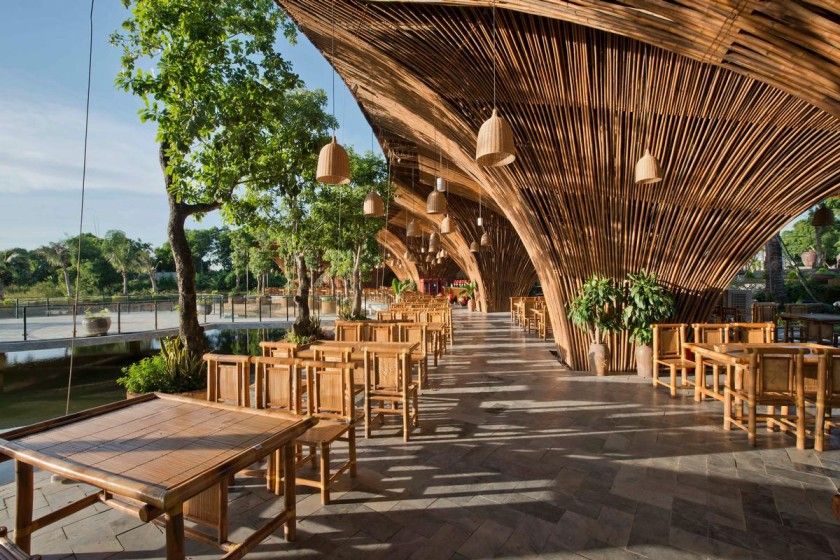
Designers have been experimenting with materials throughout history, be it Lauri Baker with his modest bricks or Frank Gehry with his dramatic metals. Every day a new material is being invented and new ways of looking at old materials are found. The growing concern for sustainable building design has led new age designers to study and experiment with materials extensively, some managing to make the material their branding!
[Want to know more about being a specialist designer? Read - Hyperspecialist or Generalist: Which Architect Should You Be?]
Read through to find out about some popular sustainable building materials and the designers that have mastered their use.
1. A Story in Timber
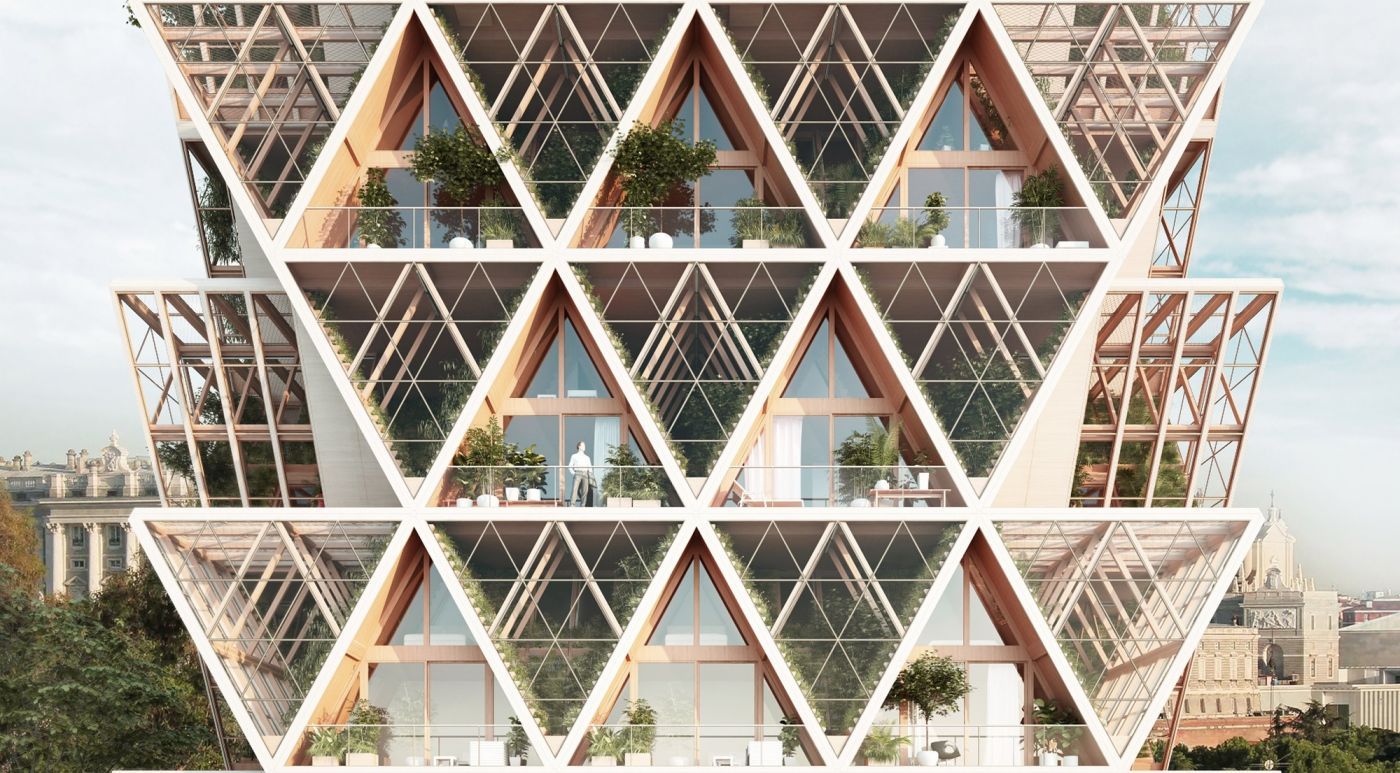
Timber Skyscraper Concept with Modular Housing and Vertical Farming by Precht (Source: www.archdaily.com)
A traditional green building material, timber seems to be making a resurgence. Versatile in nature, but not without limitations, it has always been the centre of attention for material researchers. Its light carbon footprint (can even be carbon positive!), recyclability, and workability make it a great material for creating sustainable building designs for areas with high timber availability.
Experimenting with scrapwood furniture like designer Piet Hien Eek or building skyscrapers of timber like architect Chris Precht, designers are going above and beyond in testing the extents of this material for a greener future on this planet.
2. Stones have a Heart

Mapungubwe Interpretation Centre by Peter Rich Architects (Source: www.architectural-review.com)
Nothing screams rustic more than stone!
Being one of the primary green building materials, it is abundantly available in many different forms, colours and textures. Post the industrial revolution, it was lost among newer materials, only to rise tougher than ever (pun intended)! Design groups like Peter Rich Architects from South Africa and Earthitects from India are giving new definitions to stone-built spaces and pouring life into the static forms we live in.
3. Earthy Encounters
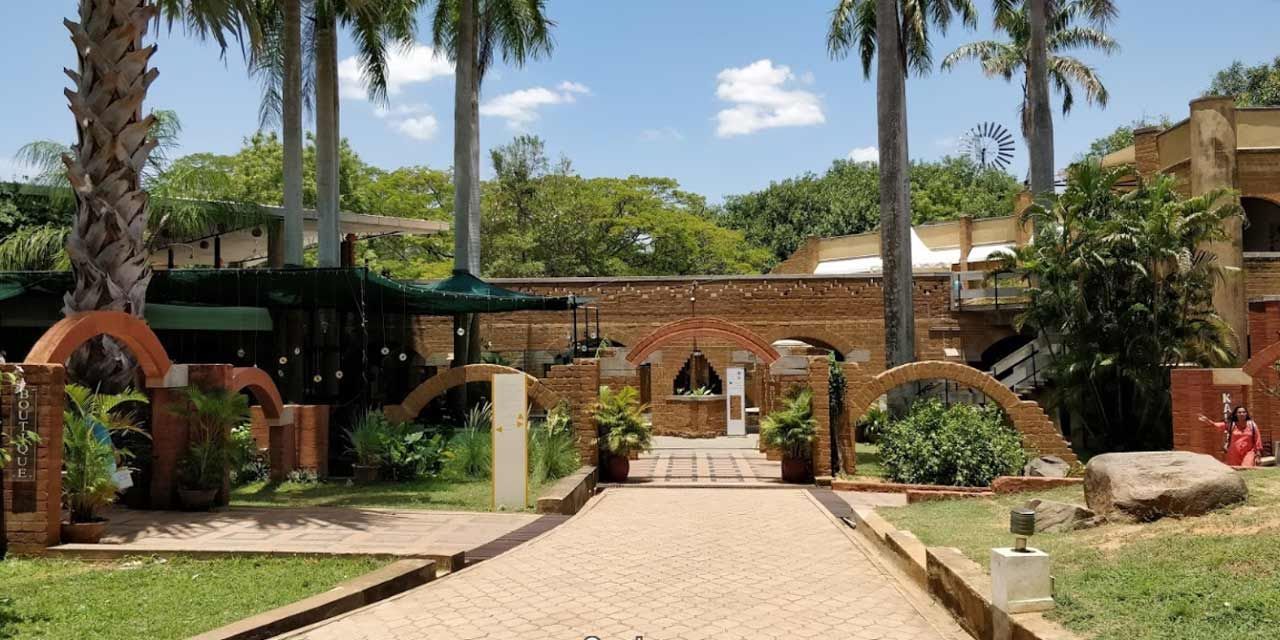
Auroville Visitors Centre by Auroville Design Consultants (Source: www.pondicherry.tourismindia.co.in)
Building from earth has been in practice since prehistoric times - the OG green building designs! Earth shelters are made of treated mud/ soil/clay or a mix of soil with straw and stones which have proven to be good in responding to the local climate.
Few may doubt the durability and strength of earth structures, but architects like Chitra Vishwanath from Biome and Suhasini Ayer Guigan from Auroville Design Consultants have been revamping the practice of earth architecture, advocating for sustainable building design and permanently associating their names with mud structures along the way.
4. Best Out of Waste

Earthship Homes by Michael Reynolds (Source: www.arch2o.com)
Do you remember making art from pencil shavings or bookmarks from ice cream sticks as a kid? Imagine doing that to real-life built forms!
Architects like Michael Reynolds and Vinu Daniel have been taking a trip back to school. Using scrap or salvaged materials to create brilliant structures, they nudge not only other designers but also the general public towards sustainable living. Imagine creating a niche so strong that when ‘building with waste’ is mentioned, your name automatically comes to mind!
Michael Reynolds has a rather interesting take on sustainability. It is termed ‘radically sustainable living’. Read more about his philosophy and more varying ones here - 10 Famous Green Architects And Their Sustainable Building Design Philosophies.
5. The Glass Class
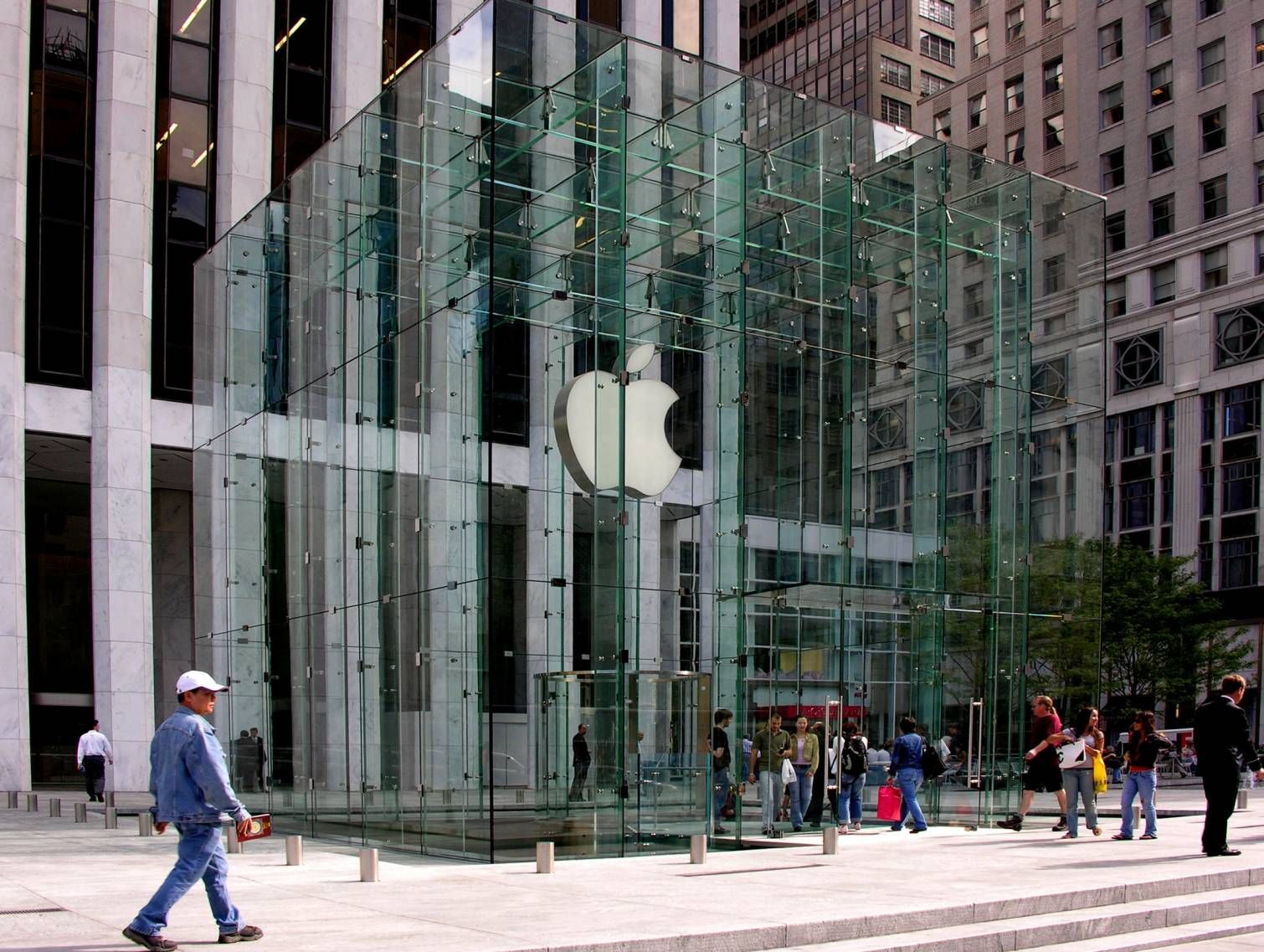
Apple Store, Fifth Avenue, New York by Bohlin Cywinski Jackson (Source: www.wikipedia.org)
From a mirror to the building exterior, glass can be found everywhere! Its (often over-use) in the building gives a sleek, contemporary look. But if used well, it has soundproofing and insulation qualities which make it suitable for green building design (think fibreglass and glass bricks!).
Some use of glass is unavoidable because you have to let in light, but Bohlin Cywinski Jackson embraces the lightness and transparency of glass to look at public spaces in a whole new way.

6. The Concrete Jungle

Concrete and Ceramic Furniture by Lee Hun Chung (Source: www.pinterest.com)
Concrete is undoubtedly the most used man-made building material in the construction industry after cement, and a favourite of the brutalists among us. But today, it is no longer simply hidden away in unseen foundations or structural frameworks.
Korean Architect Lee Hun Chung makes use of the solidness of concrete to create fixed furniture, bringing the built surroundings to our body!
7. The Bamboo Forest
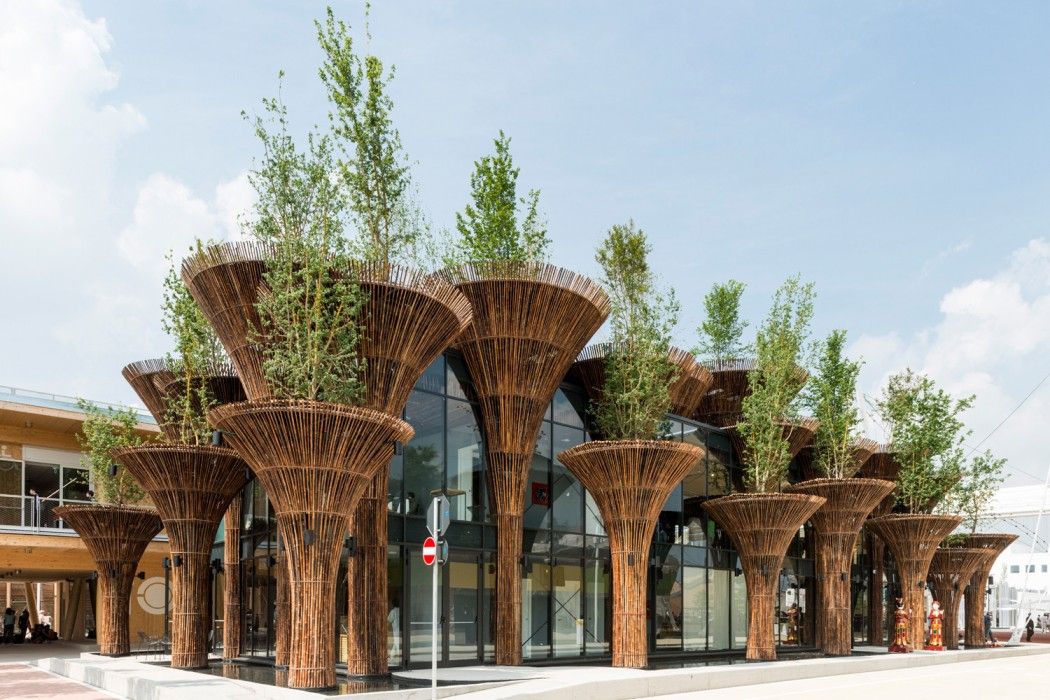
Vietnam Pavilion - Milan Expo 2015 by VTN Architects (Source: www.archdaily.com)
Originally highly underrated, Bamboo is rapidly gaining international popularity as a sustainable building material.
It has immense compressive and tensile strength, and the fact that it is a kind of grass means that it can grow as fast as 1-4 inches per day! Conventionally used for making domestic items, temporary structures and scaffolding, Bamboo has the potential for much more. In the spirit of uplifting green building design practices, Vietnamese Architect Vo Trong Nghia stated that this ‘green steel’ of the 21st century will take over other materials in the years to come!
Want to know who else is transforming architecture with bamboo? Read: 5 Creative Designers Taking the World of Bamboo Architecture by Storm.
8. The Wicker Park
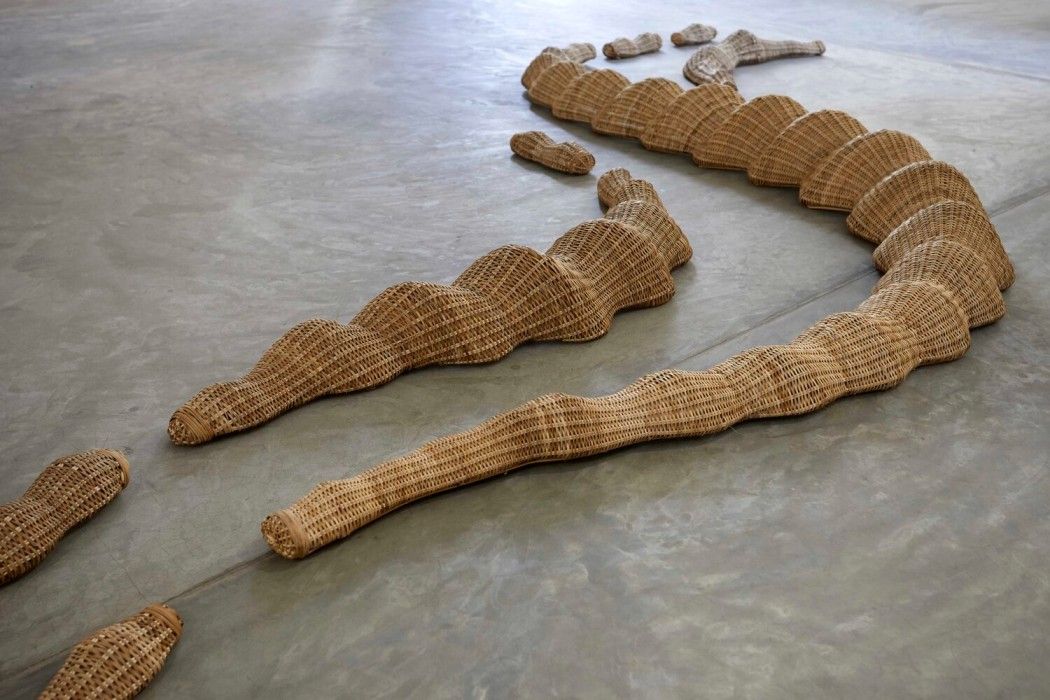
Ivy by The Wicker Story (Source: www.thewickerstory.com)
Don’t we all love to see the intricately woven picnic baskets or rattan chairs, a sprinkle of wickerwork here and there?
One of the most domestic forms of crafts, wickerwork can give a space character and authenticity, and occupies lots of respect in the furniture and interior design industries. With parametric and computational design tools that can model complex organic forms, The Wicker Story creates furniture and interiors using wicker, and has made the material their identity!
The Wicker Story also employs parametric modelling tools like Rhino 3D and Grasshopper to bring their designs to reality. Find out what other fascinating projects can be created using these tools - 10 Fascinating Projects Created Using Rhino 3D.
9. Living Building Materials
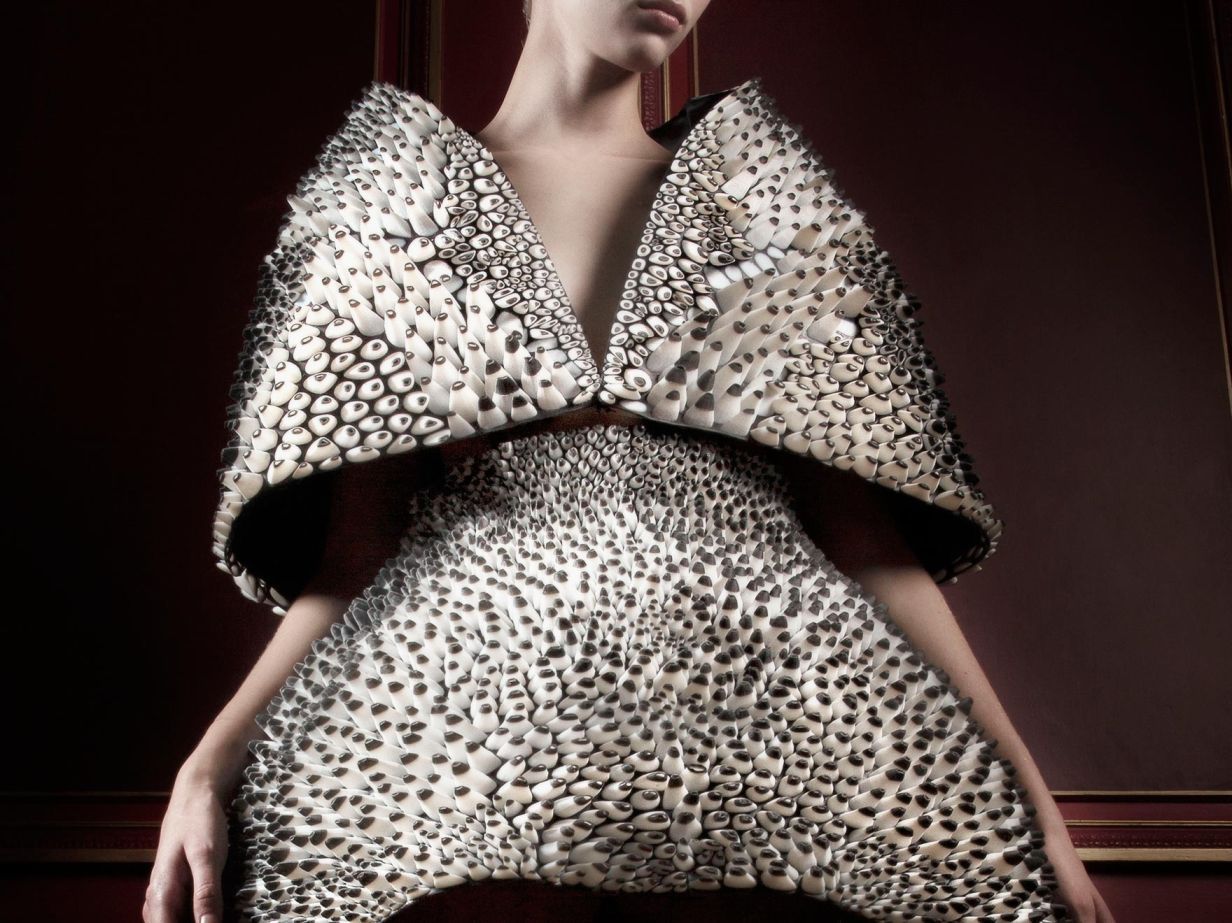
3D printed cape and skirt by Neri Oxman (Source: www.neri.media.mit.edu)
Well, you read that right!
Design technology has come a long way. We are all familiar with the term biomimicry - a design process that mimics the processes and forms of nature. Now, it is time you dig into the research designers and biologists have done in this field to tackle various climate issues.
Living building materials are produced from microorganisms like bacteria, which can self-replicate, reproduce or self-heal. These sustainable building materials can be especially useful in reducing carbon emissions as they are photosynthetic in nature. Furthermore, with some living building materials having healing properties, renovation projects can be carried out with minimal wastage, leaving little to no carbon footprint.
Material specialist and researcher Wil Srubar and his team introduced cyanobacteria bricks that can transform over time. Neri Oxman, biodesign specialist, has taken the world of fashion by storm, with her bacteria-built apparel. She makes use of 3D printing techniques with biology, computer and material sciences. The popular Netflix series, Abstract: The Art of Design, featured her work alongside other visionaries of the 21st century like Bjarke Ingels.
10. The Steel Deal
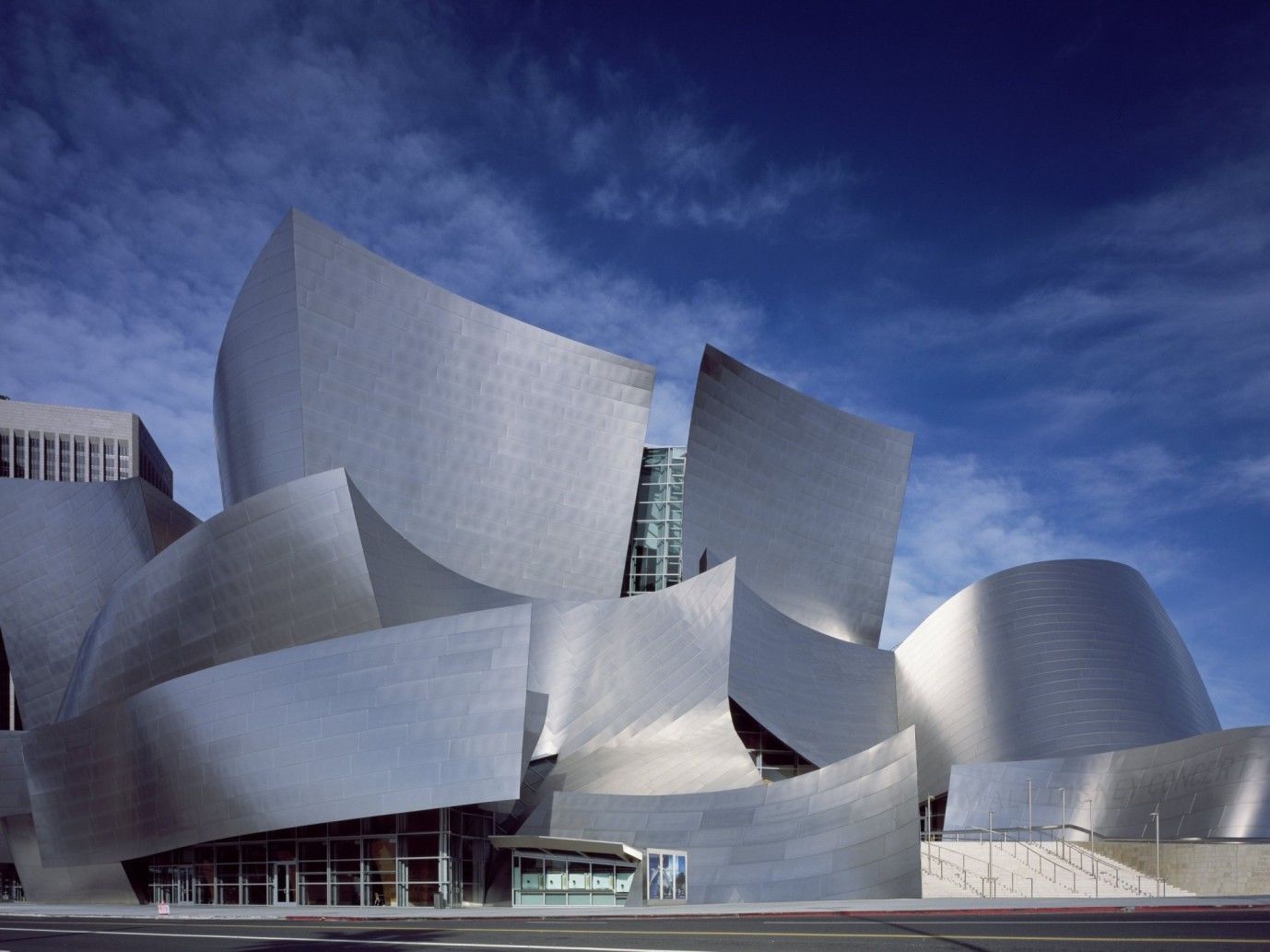
The stainless steel exterior of Walt Disney Concert Hall by Frank Gehry (Source: www.thoughtco.com)
On one hand, steel production contributes to 8% of the total global carbon dioxide emissions, and on the other, it is considered to be one of the most sustainable and green building materials. Why? Because of its high degree of recyclability and reusability. The setting up of efficient sustainable production processes is yet to be figured out.
Speaking of stainless steel and metals, we cannot go without mentioning the iconic architecture of Frank Gehry, who brought metals into a new light as a building material and did not let them hide under the skin!
Design is an exciting and dynamic field with new avenues opening up every day. In a quest to explore new solutions for present-day problems, and for creating very relevant, niche branding for themselves, sustainable building material specialisation is indeed the next big thing in design.
Curious to know what it's like to design sustainably? Listen to this thought-provoking conversation we had with Ar.Gaurav Shorey.
With the kind of resources available today, it isn’t difficult to start your own research on materials that intrigue you. If you need help getting out of your comfort zone, explore in-depth online design courses with Novatr!
Head to our Resources to know more about the industry trends in architecture and design.

Join 100,000 designers who read us every month


